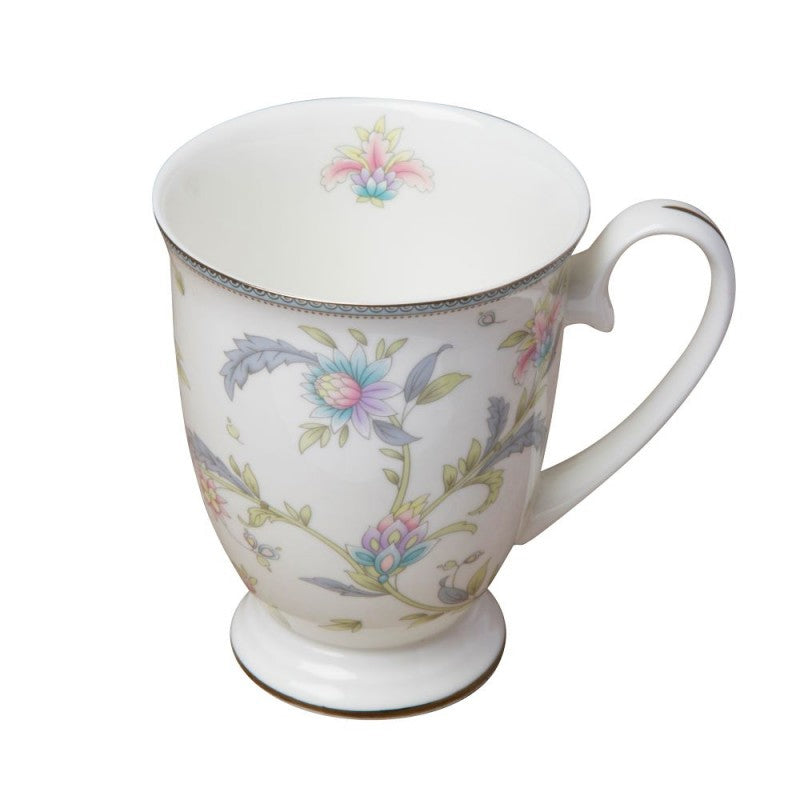The Eight Limbs of Yoga – An Introduction
In honor of International Yoga Day (June 21st) we offer this brief introduction to the practice of yoga, the eight limbs of yoga.
When people think of yoga, they associate the practice with the physical movement of the body in a variety of poses. This, however, is only one aspect of yoga. Yoga is about a way of life, a road-map (if you will) of how to live your life. In the Yoga Sutra, Patanjali details the steps one should take to enrich their lives and reach enlightenment. He describes the eight limbs of yoga. The physical movement of the body in postures is actually called Asanas and is the 3rd limb.
The first two limbs are Yama and Niyama and correspond to our approach to the world outside ourselves and how we use that information to relate to the world within ourselves.
1. Yama is our moral compass and there are five categories of yamas to guide us:
a) Ahimsa: non-violence and compassion (to yourself and all living things)
b) Satya: speak the truth (honest communication with ourselves and others while not injuring anyone with this truth)
c) Asteya: non-stealing (taking only what is freely given)
d) Brahmacharya: abstinence (in regards to promiscuity, it refers to making responsible connections with a person so as to keep our energy focused towards our greater goal).
e) Aparigraha: non-covetousness (thinking and acting in a manner that is free from greed, only taking what is necessary and recognizing the impermanence of “things”, being able to let go).
2. Niyama is the second limb and it relates to self discipline. Like yamas there are five aspects that, when followed, can guide us living a more soulful life:
a) Saucha: internal and external cleanliness. External cleanliness is self explanatory. Internally this means to keep your thoughts and bodies clean and pure. Asanas (physical postures – 3rd limb) and pranayama (breathing – 4th limb) help to cleanse the body of toxins and to introduce oxygen to our cells, which both help to calm and cleanse the mind.
b) Santosa: contentment – finding inner peace and acceptance.
c) Tapas: heat; spiritual austerities – keeping the physical body fit and in shape. This aspect relates to paying attention to what we eat, having good posture, taking deep cleansing breaths, and exercising, all with the focus of directing our energy towards enthusiastically engaging with life and achieving oneness with the universe.
d) Svadhyaya: self inquiry – Reflecting on our thoughts and actions – being self aware and self conscious both of the good and bad aspects of ourselves and embracing our whole self.
e) Isvarapranidhana: celebrating spiritual – whatever spiritual means to each person, this niyama focuses on setting aside time every day to be conscious of, and to reflect on, an omnipresent force greater than ourselves that exists in the world.

3. Asanas are the physical moving postures of yoga, what most people envision when they hear the term yoga. The purpose of the asanas is to align the mind and body through movement and breath together so completely that the pathway to deeper meditation is opened. Harder poses allow a yogi to delve deeper into the practice and to break the barriers of the mind that allows negativity or thoughts of “I can’t”. However, the purpose of the asanas is not to be able to accomplish the hardest poses. In this third limb of the yoga practice, accepting where our bodies are in each moment and moving through the postures with this awareness will help to move a person further towards enlightenment.
4. Pranayama, the fourth limb, focuses on the breath. As you move through the asanas and control the in and out breaths with each of the poses, you are able to direct the energy (prana) to realize true relaxation. Allowing yourself to focus on the breath helps you to tap into your emotions so as to recognize and understand how you are feeling and to make whatever adjustments need to be made to make yourself happier and more fulfilled. Yogis believe that the deepening of the breath has many long term health benefits by rejuvenating the body’s oxygen and decreasing stress. Pranayama can be practiced while quietly sitting, walking, doing asanas, etc…. Combined with the asanas, practicing pranayama helps to increase the tapas (heat) in the body and helps to soothe the nerve channels in the body thereby helping the mind achieve a state of calmness.
The four limbs outlined briefly above focus on becoming aware or our internal and external world and give us the tools to be able to make adjustments so we can live a truly soulful, happy life. The next limbs of the yoga practice focus on the mind and reaching enlightenment.
5. Pratyahara, the fifth limb, means retreat or withdrawal. This refers to the withdrawal of our attention from outer influences and focusing on our internal world. It is not about abandoning our feelings or ideas or outside influences, rather it refers to withdrawing our attachment to the feelings surrounding these things. It is about withdrawing our dialog about what is happening, not being reactionary to outside stimuli, and instead objectively observing. Severing the ties between the stimuli and our learned response allows us to choose another path to approach life’s challenges. To truly grow as a person and to achieve inner peace, we need to balance our emotions and actions. Once we realize that we have the power to control our emotions and responses we see that only we are responsible for our happiness. Some things are beyond our control, however, how we react to situations and other people’s behavior will determine our ultimate happiness.

6. Dharana, the sixth limb, is about concentration. Having moved through the other limbs we now reach the stage where, free from outside influences and withdrawing our reaction to them, we can concentrate on our thoughts. Dharana is about slowing the mind and concentrating on a single thing (the breath, an image, a body part, etc.). While the asanas and pranayma keep the mind concentrated on the breath and how to move the body, the fifth limb, pratyahara, offers the tools to detach so by the time we reach the sixth limb we can focus the direction of our thoughts and concentrate more fully, which leads to meditation. When the mind is still we are able to concentrate on one thing and absorb that one thing entirely. Focusing in this manner, instead of in multiple directions, allows us to explore the one idea fully.

7. Dhyana, the seventh limb, refers to meditation. In the sixth limb we practice concentrating on one thought/image/object, but in Dhyana we meditate on one thing with a mind that is free from distraction and attachment. We let go of the focus and concentration from Dharana and instead become more whole with the object of our meditation. With practice, we can view things more objectively and honestly, free from our past experiences and viewpoints. We can begin to see the world as it really is.
8. Samadhi, the eighth and final limb in the yoga practice, is unification. In Samadhi we transcend the “I” or “me” and truly become connected to all. We become one with the object of meditation without any conscious thought of the act of meditation, transcending “self” and being at peace with the universe.
Reaching Samadhi is a difficult task and one that requires continued practice. By following each of the limbs of yoga, we can open ourselves to Samadhi, enlightenment, peace. Reaching Samadhi itself should not be the only goal. Embracing each step of the path we are on in life and being present in our life is most important. Focusing on each of the aspects of the practice will help us to become the person we most want to be. There is no judgment or competition about where we reside on the path. This journey is ours alone to embrace.
Click here to read our blog about Chakras and see the Yoga “teas” we offer.









Leave a comment